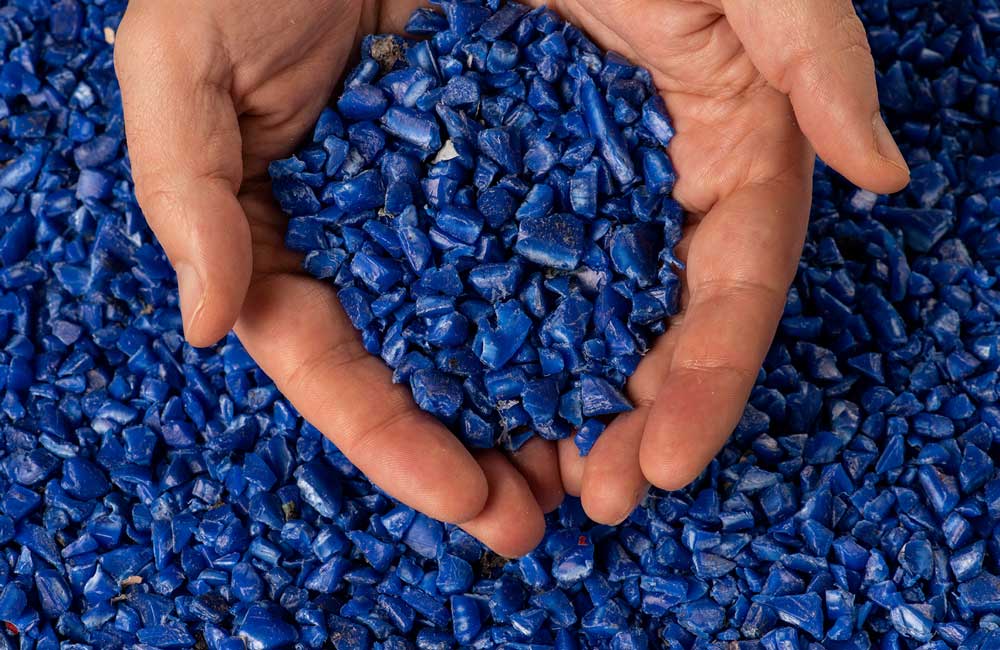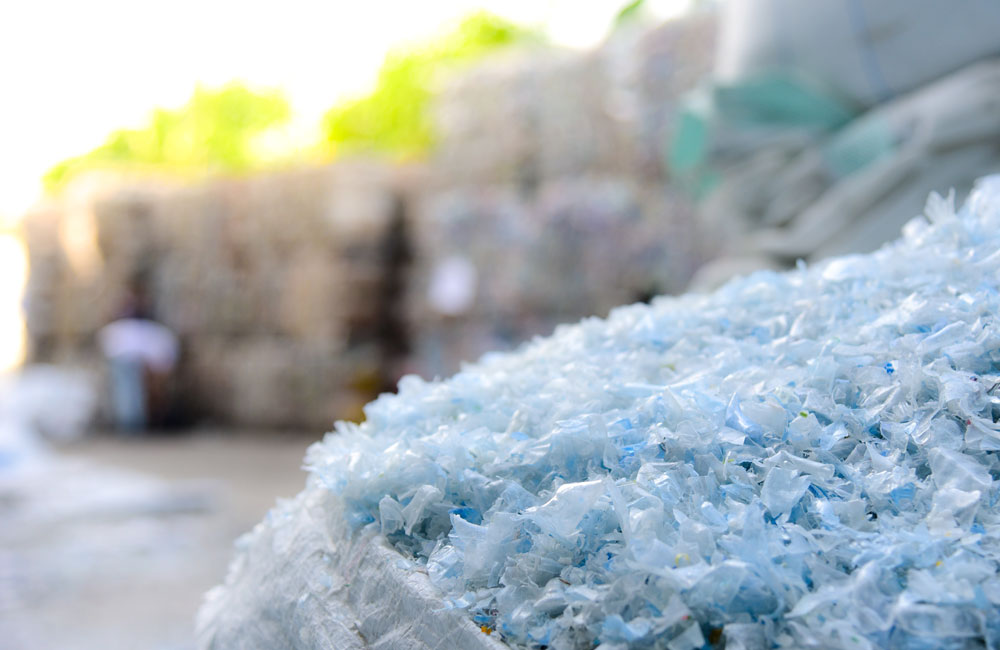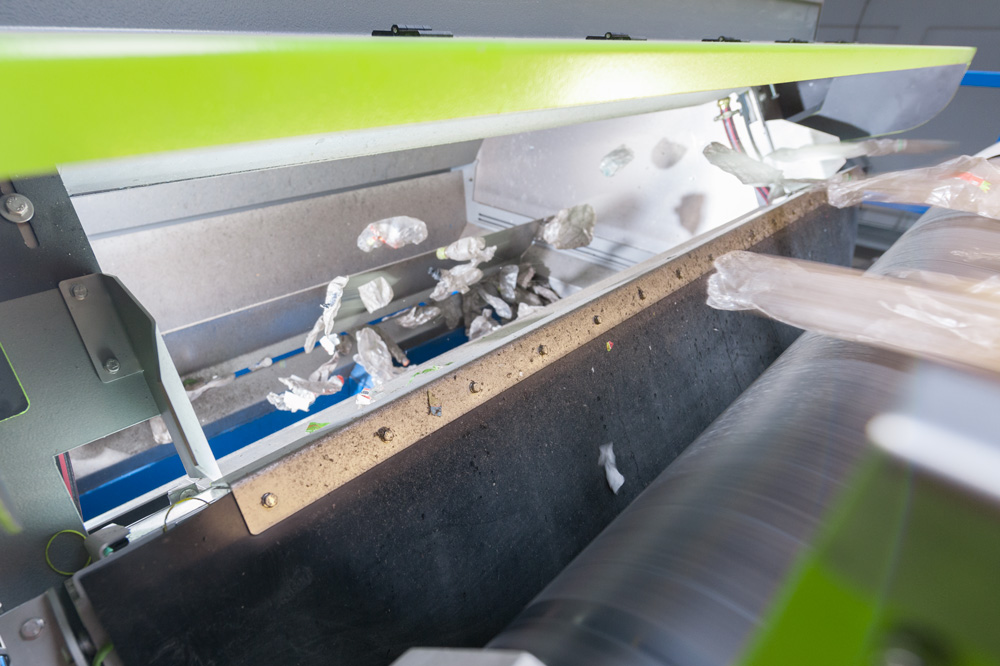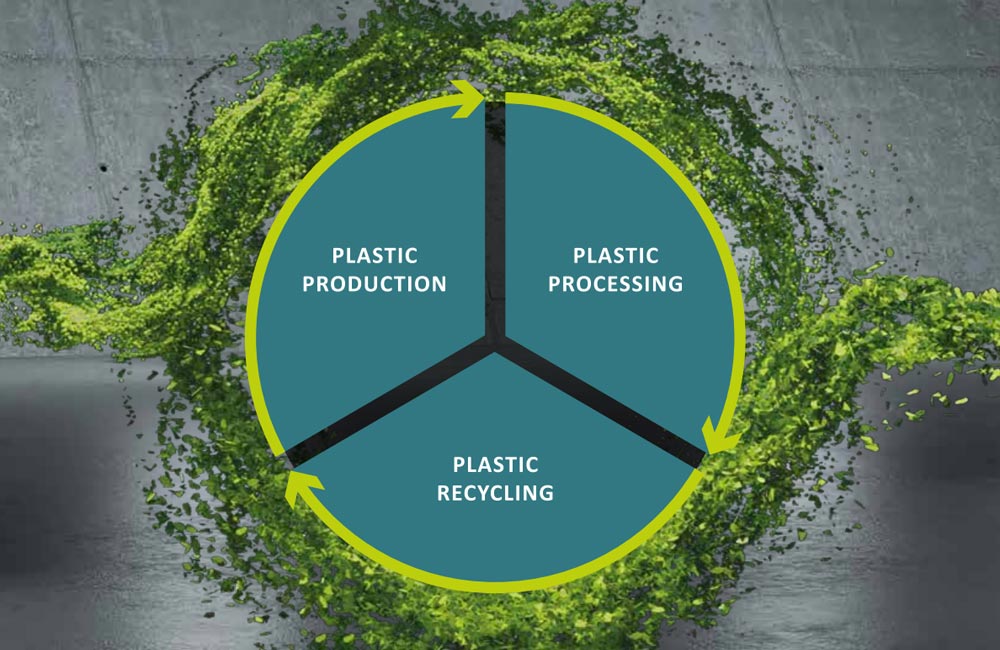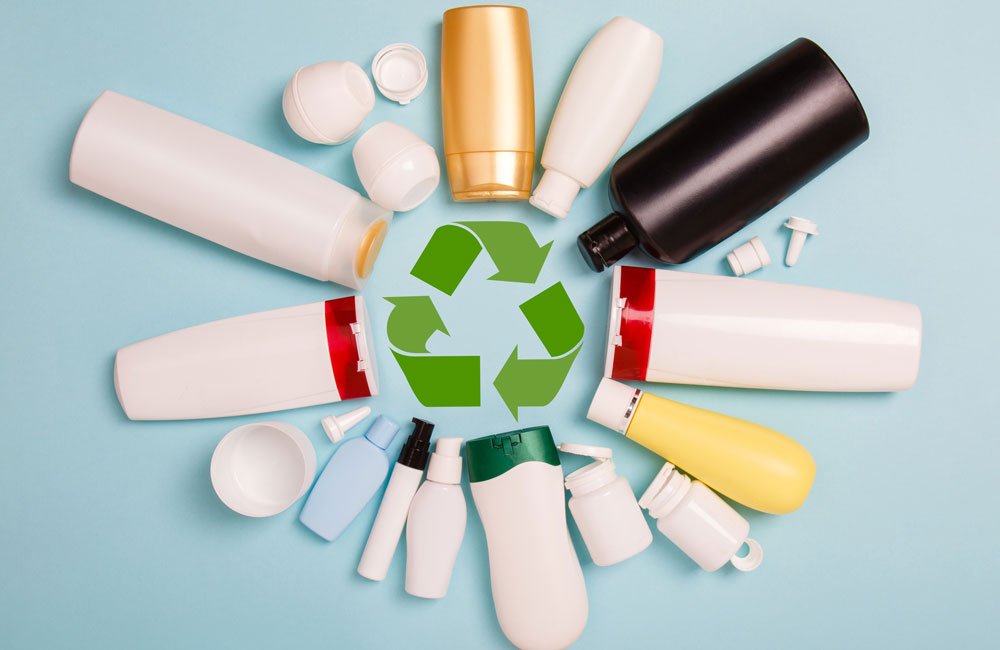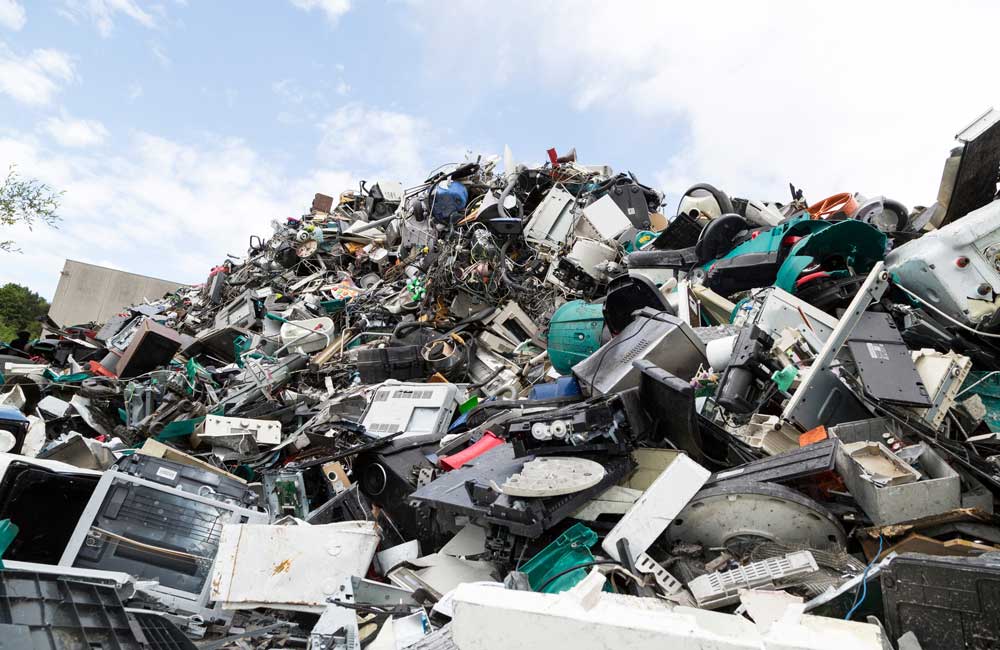Circular Economy
07/12/2022 |
The recycling of e-waste and its role in the circular economy
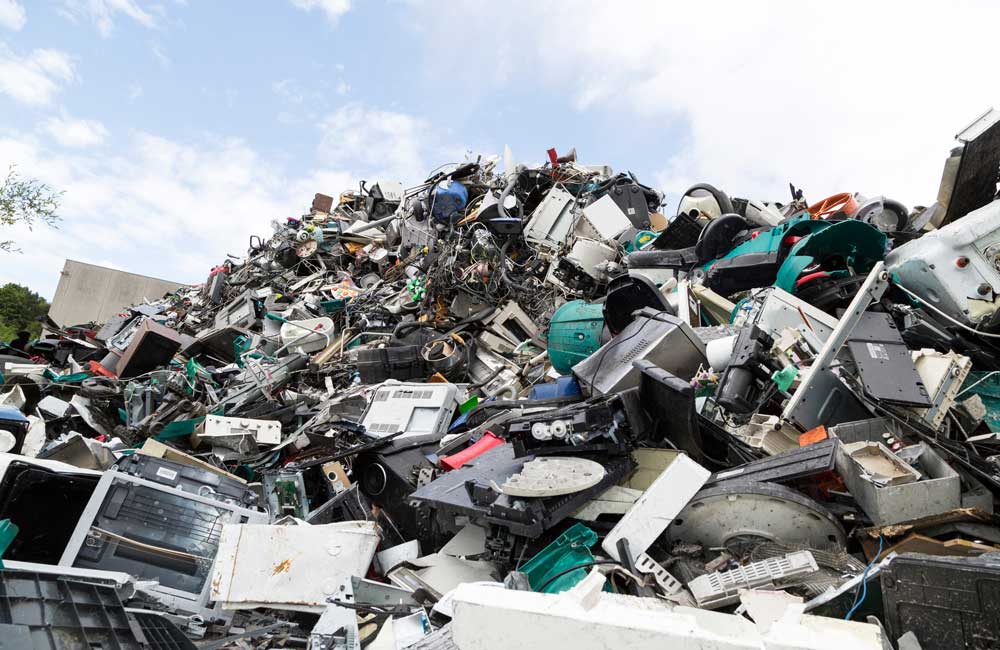
What is meant by e-scrap?
Electro-scrap, or e-waste, refers to all products that contain electrical or electronic components. Be it battery-operated children's toys, the discarded television, the old smartphone, kitchen appliances that have had their day, or the scales from the bathroom. But even products that you would not expect to be covered by the Electrical and Electronic Equipment Act (ElektroG) are subject to the Act as soon as they have permanently installed electrical components. These include, for example, shoes with flashing soles, electrically adjustable slatted frames or cabinets with built-in lighting. As soon as the electrical or electronic component of these items cannot be removed or is extremely difficult to replace, the entire product must be disposed of as electronic waste at the end of its life. If, on the other hand, the electrical components can be removed, only these belong in the WEEE collection. So-called passive devices that have no function themselves but serve only as conductors of electricity, such as antennas, cables, adapters, sockets or plugs, also belong to e-waste.

Why is e-waste important for the circular economy?
Every year, more electrical appliances come into circulation. And year after year, there is more e-waste. In fact, across Europe, e-waste is the waste stream that is increasing the most. Much of it is not yet properly disposed of and recycled. However, the old devices contain many valuable raw materials, especially metals such as copper, cobalt, silver, gold or lithium, the mining of which not only costs a lot of energy and labor, but is sometimes even detrimental to the environment. For this reason, it is important to return these valuable raw materials to the production cycle. The EU has even been laying down clear rules in this regard since 2019: For example, 65 percent of all electrical appliances put into circulation are to be collected again and recycled. However, Germany is still a long way from achieving this: according to a calculation by the Federal Environment Agency, the collection rate in 2020 was only 44.1 percent. In the EU, the recycling rate for e-waste is even lower at under 40 percent. This means that a large proportion of the recyclable materials are lost.
Recycling e-waste
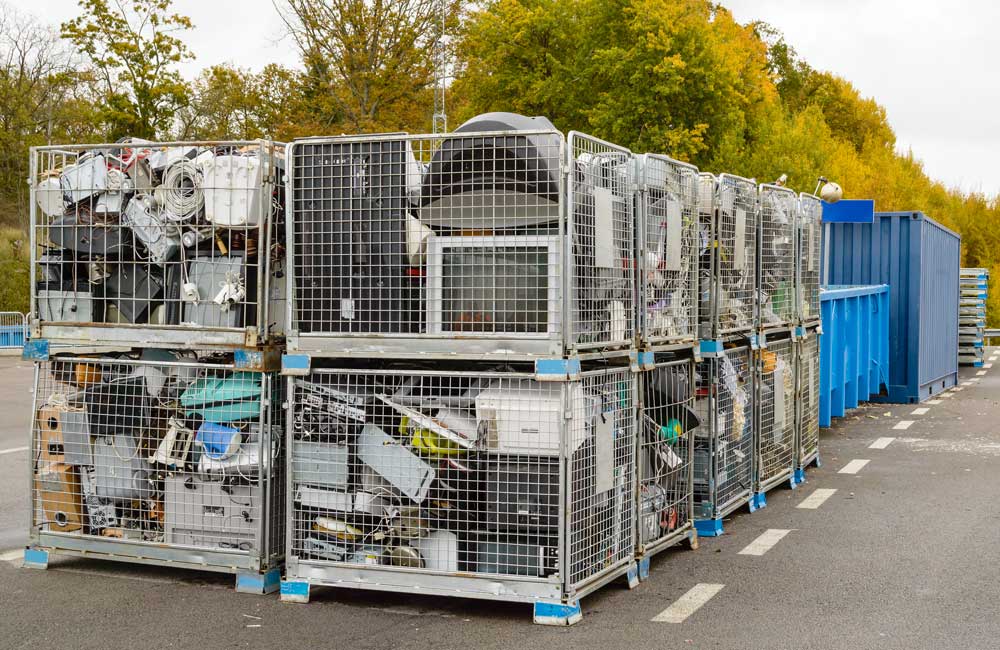
Waste electrical equipment contains a large number of valuable raw materials that can be recycled, such as metals, plastics, glass or even rare earths. The current Electrical and Electronic Equipment Act (ElektroG) regulates the environmentally friendly disposal or recycling of old equipment with the aim of improving the recycling of the valuable raw materials in electrical waste. According to this law, consumers must hand in their old electrical equipment at electrical stores with a retail space of 400 square meters or more, at the recycling center, or even at large supermarkets that sell electrical equipment. From there, further processing in the form of repair or dismantling then starts. Unfortunately, however, many old appliances do not make it to the disposal route. They lie for years in drawers, cupboards or garages, or even end up in the household waste. On the one hand, this means that large quantities of valuable raw materials are lost, and on the other, pollutants are released into the environment. According to the Federal Environment Agency, an average of 22 kg of e-waste per person was produced annually in 2019, but only 45 percent is disposed of or returned properly. Old cell phones in particular are found in droves in German drawers - according to a survey by the German Association for Information Technology, Telecommunications and New Media (Bitkom), there were almost 200 million of them in 2020. The equivalent of around 50 tons of silver, 4.8 tons of gold and 1.8 tons of palladium are stored in German households. All of these raw materials could be returned to the cycle through recycling. The valuable lithium-ion batteries found in cell phones alone are up to 75 percent recyclable. Lithium is a very valuable raw material that is needed to build electric cars and is very expensive to mine.
How does e-waste recycling work?
Recycling involves mechanical, thermal and chemical processes and essentially consists of the following steps: First, the e-waste is pre-shredded by machine. Then, harmful substances, such as batteries, color toners or capacitors, as well as wood and textile residues are sorted out manually. Then everything is shredded again in three successive units. The iron is extracted with the help of a magnet. This is transported separately to the steel mill, where it can be melted down and reprocessed as a raw material. The remaining metal/plastic mixture is processed in several steps and the metal is separated from the plastic. Screening techniques and metal separators are used to sort by type and size. Aluminum is filtered out in an optical process and by air pressure. The remaining mixture is split up with further shredding units to separate metals from plastic parts. To ensure that even the smallest valuable materials are not lost, the plastic-metal mixture is washed in two processes on a washing table. Here, lightweight plastic is separated from metals.
Throughout the recycling process, a lot of dust is released, in which even the smallest metal particles are found. In order to return these to the value-added cycle as well, autogenous pellets are produced from the dust for the metallurgical melting process.
The challenges of e-waste recycling
Since most electrical equipment consists of a variety of different materials, some of which are inseparable from one another, recycling is often a technically and economically difficult task. To date, recycling of WEEE has therefore mostly been limited to bulk metals such as steel, iron, aluminum, copper and precious metals, which are easily recyclable. Rare earths, gallium, tantalum and indium have recycling rates of less than one percent worldwide. They are complex and only used in very small quantities in electrical equipment, making them difficult to recycle.
Which of the substances contained in e-waste are actually recycled depends on available technologies and profitability. In order to be able to recycle e-waste holistically, several sub-processes, some of which are complex, are needed that use different technologies to address the individual components of the raw material. Only with sophisticated process technology is it possible to recycle the very heterogeneous e-waste efficiently and economically while separating all pollutants. For example, modern sorting systems make an important contribution by separating the very heterogeneous e-waste into its individual components, such as metals, technical plastics, printed circuit boards, cables and wires, among others.
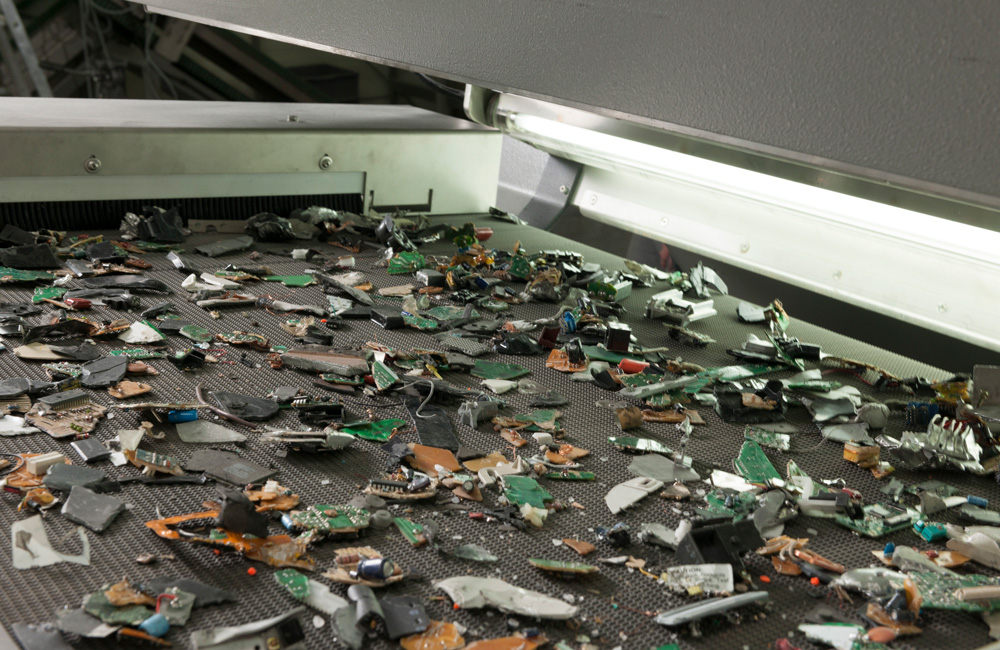
Conclusion
Waste electrical equipment is full of valuable
materials that need to be put back into the circular economy. No matter if it
is a hair dryer, a toaster or the old smartphone. In view of the fact that
e-waste is the fastest-growing waste stream throughout the EU, the recycling
potential here must be exploited much more in the future. Otherwise, it will
not be possible to close the gap in the cycle. In addition to the fact that
WEEE contains a whole lot of valuable raw materials that should be made
available again, the incineration or landfilling of e-waste releases many
substances that are hazardous to people and the environment. For this reason,
it should become standard practice for all consumers to dispose of their old
electrical equipment in the correct way. In the future, manufacturers of
electrical appliances should pay more attention to modular design, easy reparability,
the avoidance of adhesives and the use of recycled materials in accordance with
the "design
for recycling" principles. And last but
not least, politics is called upon. They should create the conditions to
monitor waste disposal more closely. Incentives must be created for recycling
companies to invest in sophisticated process technology such as sorting
machines and thus be able to efficiently recycle
heterogeneous e-waste.
